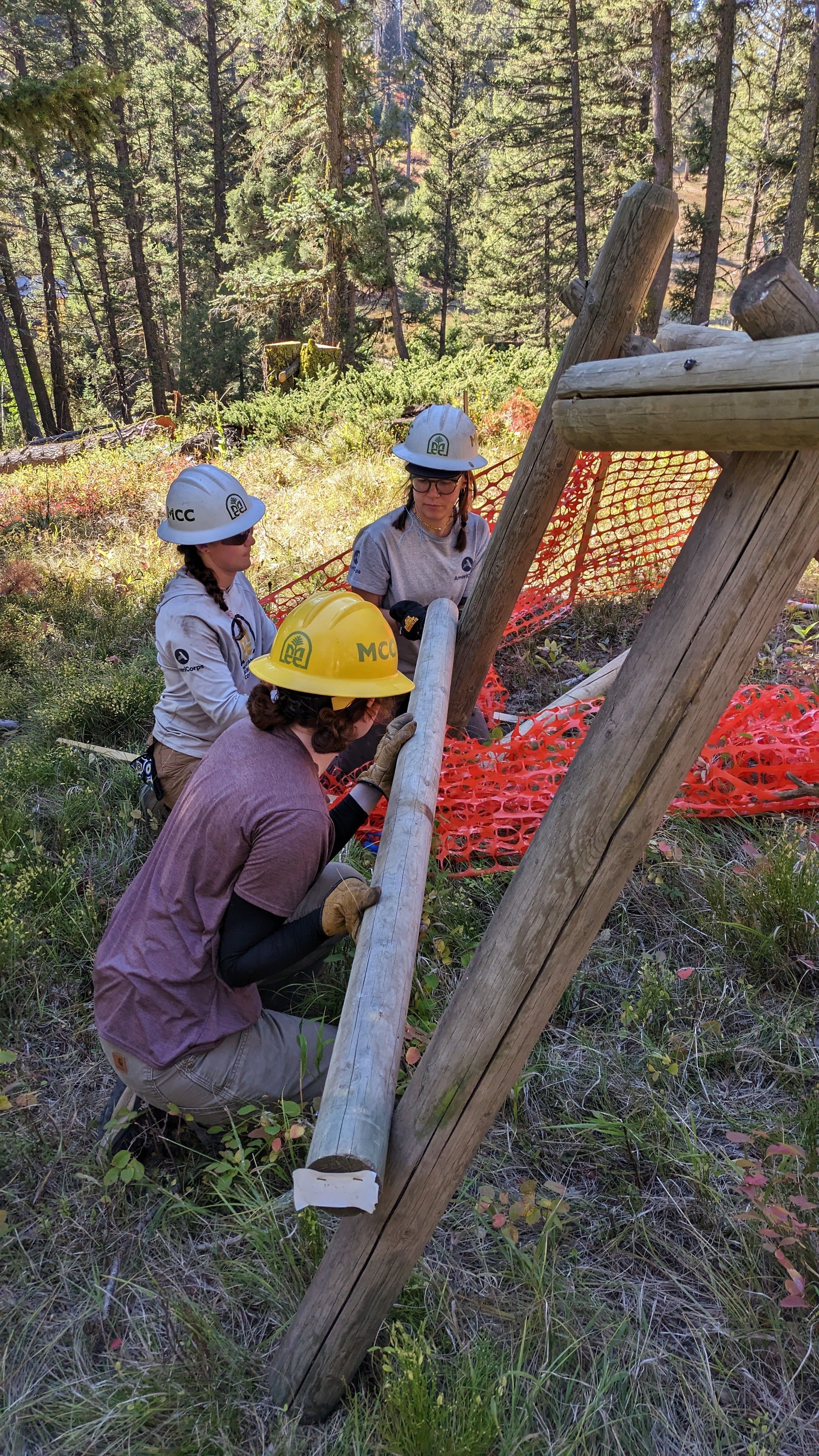
Many people’s minds immediately jump to California with the mention of America’s gold rush era. While California is the most notable, other states also received their fair share of prospectors. And one of those states was Montana.
While other parts of the state produced more riches over their gold rush period, the small mountain town of Garnet has stood the test of time in its own unique manner.
While there were prospectors in the Garnet range dating back to the 1860s, the story of the town of Garnet itself came to life in 1895. With the improvement of mining technology combined with the Sherman Silver Purchase Act of 1895, prospectors turned their focus from silver to gold. This led to a renewed interest in gold in the area and the boom of the town of Garnet.
Numerous stores, hotels, and saloons were the staples of the town’s infrastructure. The town also had a doctor’s office, barber shops, stables, and even a school, among other businesses. The school, in particular, is what made Garnet such a unique mining community. Many mining communities over the decades were not really communities at all. Most were comprised of just mostly of men who had a place to sleep at night and would go to the mines in the day. Garnet became a community comprised of many families where there was a social scene and enough children to warrant the building of a school.
Though even with the rapid rise and construction of the town, like many mining towns, its life was short-lived. By 1900, mining became extremely difficult as mine shafts became deeper and less plentiful. By 1905, only about 150 residents remained in the town. Then, between a 1912 fire that wiped out the town’s business district, and many residents leaving for other jobs when the United States entered World War l, the town became nearly abandoned.
There would be a revitalization in 1934 when President Roosevelt nearly doubled the price of gold, but again, it would be short-lived. Residents again left to take jobs with the onset of World War ll, and by the early 1940’s the town was nearly abandoned yet again. After the death of Frank Davey in 1947, the man who ran the town’s general store for decades, the town officially became abandoned.
The town was ravaged by scavengers and stripped of many of its valuable artifacts. Then, the Bureau of Land Management, along with the Garnet Preservation Association, stepped in and secured titles to many of the remaining properties. Through years of work to restore and maintain structures and artifacts, Garnet is now known as one of the most intact ghost towns in the state of Montana.
It takes many motivated individuals spending countless hours working to maintain the life of a town over 125 years old. So our crew being able to be a small part of that preservation effort was a special event.
Our goal was to complete projects that made the town safer and more accessible for years to come. Our main project over the course of the nine days was to build a new bridge on the Warren Park trail. The trail leads to a park that was built by Edward Warren, a resident of Garnet many decades ago. He lived secluded about 1.5 miles outside of town and became lonely, so he built a park that became a popular social setting for kids and families to come to enjoy social time.
Our crew had not taken on a project like this all season long. Even with little experience in what we were about to do, we collaborated and worked together to come up with a solid plan of action on how we were going to take on this project. First, we had to demolish the existing bridge that was nearly 50 years old and had become unsafe to pass over. With a clean slate in front of us, we first installed a new foundation for the bridge. Then, after countless measurements on the length we needed the bridge to be, along with the length of the planks that made up the bridge, we got to sawing. After we had compiled all the right-sized lumber we needed, we got started on the construction. We hammered nails, drilled screws, and pounded rebar to construct and reinforce the bridge to the standard needed for the longevity of the bridge’s life. After the final touches, we were thrilled that being able to stick to the plan we first put in place as a crew worked out so well.
We tackled other projects as well, like building fences around old open mineshaft holes, retreading on trails, and marking blazes on trails.
All these projects led back to the goal of continuing to preserve the town so current and future generations can safely come and learn about such an interesting time period in this state’s history.

![[Image Description: Two MCC members taking a brief break; one is sitting on a rock, the other is standing nearby. They are both in their uniforms, looking out at the expansive, mountain view surrounding them.]](https://cdn.firespring.com/images/c3f85e97-43a9-4810-8081-e8e6338173d0.jpeg)




